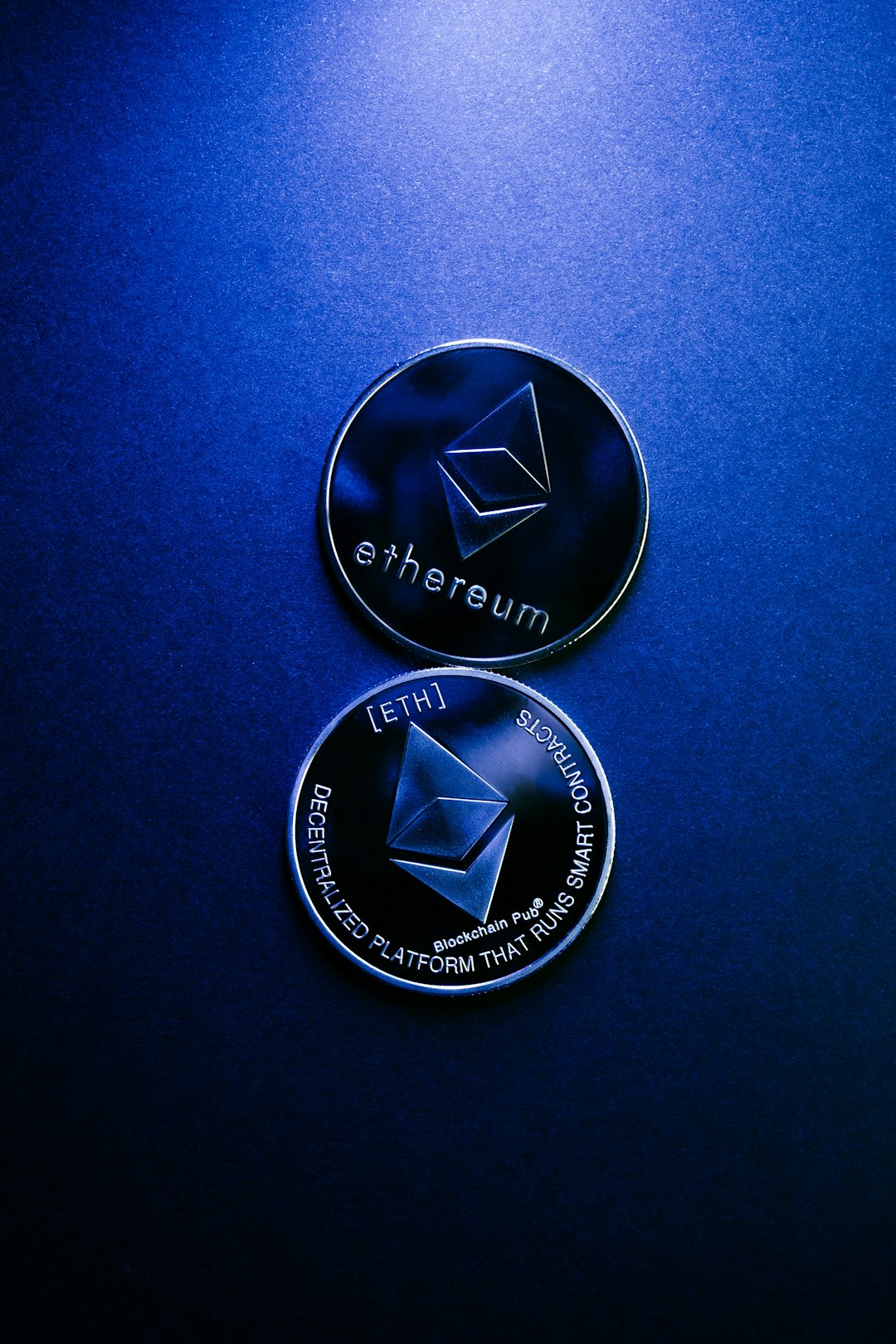Cold outreach may be one of the oldest tactics in business development, yet it’s often executed so poorly that most professionals dread doing it — or receiving it. In a digital age oversaturated with messages, *cutting through the noise without sounding desperate or disingenuous* is both an art and a science.
Cringe-worthy messages don’t just damage your personal brand — they can burn bridges and make genuine opportunities harder to cultivate. But when done right, cold outreach can open doors to partnerships, career moves, leads, and learning experiences that wouldn’t be possible otherwise.
Contents of Post
Why Cold Outreach Still Matters
Despite its notorious reputation, cold outreach remains a vital component of networking and sales. Done correctly, it can:
- Introduce value in a highly targeted way
- Create opportunities with decision-makers directly
- Demonstrate initiative and strategic thinking
The mistake most people make is treating outreach like a transaction instead of a relationship-building effort. If you focus on *genuine trust*, *reliable context*, and *credibility*, your outreach won’t just be tolerated — it’ll be welcomed.

Where Cold Outreach Goes Wrong
The average professional receives dozens, sometimes hundreds, of unsolicited connection attempts weekly. Most go ignored — and for good reason. Here are the most common pitfalls:
- Generic templates: Copy-pasted intros with zero personalization signal laziness and indifference.
- Immediate asks: Asking for time, favors, or meetings in the first message breaks trust before it’s built.
- Over-hype: Overloading messages with buzzwords or exaggerated outcomes feels fake and desperate.
- Poor timing: Reaching out without considering the recipient’s current workload or priorities risks alienation.
Fortunately, avoiding these traps is easier than most think. The secret? *Empathy, clarity, and authenticity.*
Principles of Outreach That Builds Trust
Trustworthy outreach isn’t about slick salesmanship. It’s about solving problems and showing respect. Here’s how to make sure your message lands — and stays off the cringe list.
1. Personalize Deeply
This goes beyond using a first name. Demonstrate that you’ve done homework: reference a recent article they wrote, a shared interest, or comment meaningfully on their company’s product. Show them the message is *truly* just for them.
Example: “I saw your team announced a new product update last week. It’s exciting to see how you’ve integrated customer feedback into the UX—really thoughtful work.”
2. Lead With Relevance, Not Your Resume
No one wants to read your life story before knowing why you’re reaching out. Instead, lead with why they should care:
- What do we have in common?
- What do I admire about your work/company?
- What problem can I help solve?
Let relevance pave the way, then let credibility follow — not the other way around.
3. Tailor the Ask
Ask for something proportionate. If it’s an initial note, maybe all you want is a single response, not a 30-minute call. Show you’re thoughtful about their time and energy.
Better: “Would you be open to a quick email reply sometime this week? I’d love to hear your thoughts if you have a few minutes.”
4. Keep It Short and Digestible
No walls of text. No jargon. In your first message, aim for 3–5 sentences max. Focus on clarity, not persuasion. People rarely respond because you said everything—they respond because you said *just enough*.
Structure of a strong message:
- Personal connection or context
- Clear value or insight
- Respectful ask or call to action
5. Mind the Follow-Up
Following up doesn’t make you annoying; *how* you follow up can. Space your messages out (3-5 days), and add incremental value each time. Don’t just say “bumping this up,” say something new — an additional insight, relevant link, or brief thought.
Politeness matters. A non-pushy tone keeps you in safe territory: “Totally understand if this isn’t a fit right now — just wanted to drop this in case it’s helpful.”

How to Apply This in Different Scenarios
Cold Outreach for Sales
In sales, your outreach should focus less on closing and more on opening. Think like a consultant, not a vendor. Offer perspectives, not pitches.
Bad: “Our tool will 10x your revenue. Let’s set up a call.”
Better: “I noticed your team is expanding rapidly — are you exploring ways to streamline onboarding workflows? We’ve helped similar orgs get teams up to speed more efficiently. Happy to share a resource if helpful.”
Job Seeking Outreach
Applying to cold jobs or connecting with new contacts during a job search is intimidating — but it doesn’t have to be robotic.
- Use referrals over resumes. A warm endorsement is stronger than a PDF file.
- Engage with their content before reaching out. Comment thoughtfully, share ideas, build visibility first.
- Be clear about your goals. It’s okay to say, “I’m exploring new roles and was drawn to your team’s mission.”
Kindness and self-awareness go a long way.
Partnership or Collaboration Requests
Pitching a newsletter cross-share, podcast guest appearance, or joint event? Acknowledge why their brand matters and be specific about what you’re offering.
Template: “I’ve been following your work on digital wellness — really thoughtful pieces. I’m working on an article series on intentional tech use and would love to include your insights if you’re open to a quote or quick collaboration.”
When to Walk Away
If you’ve followed up 2–3 times and received no response, it’s okay to *graciously exit the thread*. Burning contacts via spammy persistence rarely ends well. Slow patience often wins more than relentless pitch repetition.
Sample closer: “Thanks again for the time — if it’s not a fit right now, no worries at all. Wishing you strong momentum with [company or project name] this quarter.”
Final Thoughts: Long-Term ROI of Non-Cringey Outreach
The recipients of your messages aren’t just email addresses — they’re people navigating overloaded inboxes, tight deadlines, and professional uncertainty. The more your outreach respects that reality, the more likely it is to earn a response.
In a noisy world, the rarest thing you can offer is a signal that you’re thoughtful, strategic, and considerate. That’s what opens doors.
Authentic outreach is not about extracting — it’s about exchanging. Value for value, mind to mind.
And when it’s done right, it doesn’t feel cold at all.

